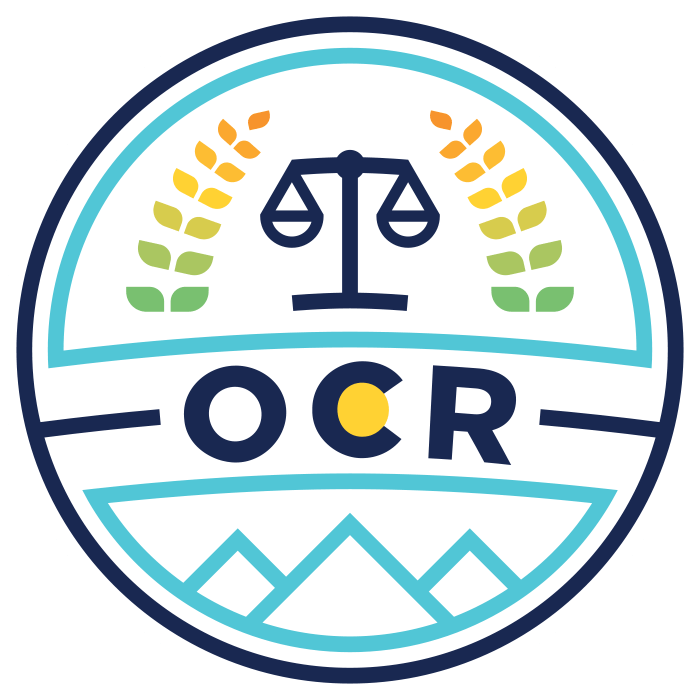In August 2022, the American Bar Association (ABA) adopted Resolution 606 (“Resolution 606”) which urges all bar associations to educate legal professionals about the historical underpinning of anti-Black systemic racism within the child welfare system. Resolution 606 also urges governments, courts and practitioners to:
- recognize implicit and explicit bias;
- acknowledge collective responsibility for challenging laws, policies, and practices that devalue Black families;
- ensure all legal decisions, policies, and practices respect and value the racial, cultural, and ethnic identities of Black children; and
- consult, listen to, and be led by Black parents, children, and kin with lived experience in child welfare to learn how to constructively end the legacy of Black family separation.
A report accompanying Resolution 606 describes the history of how the over-surveillance of and underinvestment in Black families shaped child welfare for centuries to the detriment of Black families. The Introduction notes that “[t]his historical recognition does not suggest that every child removal from the home is wrong. And it is not designed to support a full repeal of all child welfare laws.” Report at 1. In the Report, the ABA itself acknowledges that it has supported and helped design pieces of legislation that have disproportionately affected and caused harm to Black children, parents, and families. Id. at 2-3.
The Report goes on to provide an overview of how state and federal laws, policies, and practices contributed to the unnecessary separation of Black families throughout our nation’s history. Id. at 3-7. First, the Report describes how, during slavery, family separation was used as a tool to keep slaves compliant. Id. at 4. Then, during the Jim Crow era, Black children were often sent away from their families and required to “apprentice” with former slave owners under the guise of their “best interest.” Id. at 5. Bringing the discriminatory policies into the modern era, the Report describes how, during the first part of the 20th Century, Black families were excluded from public aid, yet their children could be removed due to a parent’s failure to “adequately” provide for their children. Id. at 5-6. In the 1960s, Congress amended the Social Security Act in a manner that created a financial incentive for states to remove children from parents seeking public assistance, which transformed the racial identify of children in foster care and resulted in “[t]ens of thousands of Black parents los[ing] their children.” Id. at 7. With this not-so-distant history in mind, the Report then calls for practitioners to seek changes to laws that have the modern-day impact of devaluing Black parent and child bonds. Id. at 7-12.
Resolution 606 and the accompanying report provide an excellent framework to “check their own biases” when interacting with Black children and families. The resolution and report are also an excellent resource for practitioners trying to determine whether implicit bias, explicit bias, or systemic racism might be negatively impacting a Black child/youth involved a D&N case. In which case, citation to Resolution 606 and its Report in pleadings might be especially persuasive to the court. Regardless of its use, child welfare practitioners should read Resolution 606 and the accompanying report to educate themselves on the history of anti-Black systemic racism and its modern-day impact on the child welfare system.


